“Downton Abbey” reimmerses fans into the lives of the Grantham family and staff, offering celebration and resolutions nearly four years after the show’s finale.
The following review contains spoilers for the “Downton Abbey” show, although not for the film.
For six years, “Downton Abbey” won over the hearts of fans with its drama, beloved characters, and tongue-in-cheek humor, the latter mostly provided by the infamous Maggie Smith. Set in the 1910s and 1920s, this show centered on the Grantham family and their staff to provide a glimpse of how society functioned during the final years of British grand estates. Now these same characters and their stories appeared on the big screen for the first time, allowing fans the chance to revisit Downton one more time. It should be noted that this is a movie clearly made for its fans, opting to spend its runtime focusing on progressing past the show’s finale instead of bogging itself down with explanations and appeals to unfamiliar audiences. As such, I would advise anyone considering seeing the film “Downton Abbey” to watch the series first (the whole show is free with Amazon student prime accounts).
The film “Downton Abbey” takes place in 1927 — almost two years after the show’s finale — and opens with the Grantham family receiving a letter that King George V and Queen Mary are going to visit Downton Abbey as a part of touring country estates. This throws the household into a whirlwind of eager anticipation as the family and staff prepare to host their finest guests yet. However, several days before the royals are to arrive, their own household staff precedes them and tries to usurp the Downton staff. The rest of the movie chronicles the misadventures that take place over the course of this royal visit, all the while weaving in the personal lives of both the Grantham family and staff. The most prominent of these subplots involves, per usual, the Dowager Countess of Grantham (Maggie Smith) as she confronts her estranged relation Lady Bagshaw (Imelda Staunton) about her choice to leave her entire fortune to her lady’s maid. Additionally, Tom Branson’s (Allen Leech) past as an Irish Republican with anti-monarchical values catches up with him over the course of the royal visit. Other notable side stories include relationship drama for Daisy Mason (Sophie McShera), Edith Pelham’s (Laura Carmichael) adjustment to marriage, and Thomas Barrow’s (Robert James-Collier) continued efforts to find an accepting community as a closeted gay man.
While many other critics accuse the film “Downton Abbey” of not being intricate or engaging enough — with a review in The New York Times even going so far as to claim “the movie is mainly empty calories” — I feel that this is an unfair assessment of what the film was trying to accomplish. The movie “Downton Abbey” is as much a celebration as it is a continuation of the Grantham family and staff’s stories. It’s apparent from the way that the camera lingers on certain scenes, inviting viewers to examine the rooms and actions in a more stylized, slow manner that we’re supposed to feel a part of the Abbey. Of course the plotline and character development can’t be as rigorous as the show; here they’re working with two hours to showcase the characters’ progress in two years rather than spending a whole season on that same amount of time. If anything, watching this movie felt more like watching an extended episode than a stand-alone film. And that’s all we needed: just a little glimpse back into the lives of the Downton household to see how they’re faring as the roaring 20s slow to a close. “Downton Abbey” is a reunion, a commemoration, and a farewell — assuming the producers don’t fall into the aforementioned trap of churning out sequels.
The element of “Downton Abbey” that truly cemented my thoughts that its goals were celebration and further resolutions was the further character development witnessed for both Tom Branson and Thomas Barrow. At the time of the film’s plot, nearly seven years have passed since Sybil, Tom’s beloved wife, died due to childbirth complications. There were two occasions where Tom could have moved on and developed further romantic relationships, but he never pursued them seriously. As much as it saddened me to watch Tom’s loneliness and grief, I appreciated that the show allowed his character to process his loss and come to terms with being a single father. Yet in this film, fans finally get a chance to witness Tom in a more optimistic, healed light, exchanging adorable glances and whispers with Lady Bagshaw’s lady maid. Furthermore, we witness a reexamination of Tom’s staunch Irish Republican politics and overall identity as he has to interact with the king of England. How Tom conducts himself in these pivotal moments of the plot illustrate that while his views and manners have changed significantly due to his time at Downton Abbey, he remains individualistic.
Turning to Thomas Barrow’s character development, audiences get the chance to observe similar themes of relationships and coming to terms with one’s identity. Since the show’s first episode, fans have been aware that Thomas is a closeted gay man. Over the course of the following six seasons, Thomas faced ostracization and threats of prison sentences, tried phony medicinal cures to make himself straight, and even attempted suicide in the final season. I’ve always felt that his character development and storyline were the most important additions to “Downton Abbey” because they touch on the harsh realities gay men had to navigate living in both the1920s and sadly still to this day. In this film Thomas’s journey is continued, and while he doesn’t get to have the promise of a perfect “happily ever after” due to historical circumstances, there is a message of hope. Thomas in this film is a far cry from the vindictive and depressed character he was in season six, and he takes active steps toward accepting his identity as he encounters more gay men who have come to terms with their sexualities.
Overall, “Downton Abbey” is a joy to watch and a must-see for fans. This is due largely to its continued characterization, but it’s also worth mentioning its musical score and cinematography blend perfectly, allowing this film to be as aesthetically pleasing as ever. In the words of the Dowager Countess, “If I were to search for logic, I would not look for it among the English upper class” — but I would certainly look for a great deal of entertainment.
Rating: B+
Starring: Michelle Dockery, Maggie Smith, Hugh Bonneville, Laura Carmichael, Elizabeth McGovern, Jim Carter, Allen Leech, Sophie McShera, Rob James-Collier
Release Date: Sept. 20, 2019
Image courtesy of The Daily Beast.


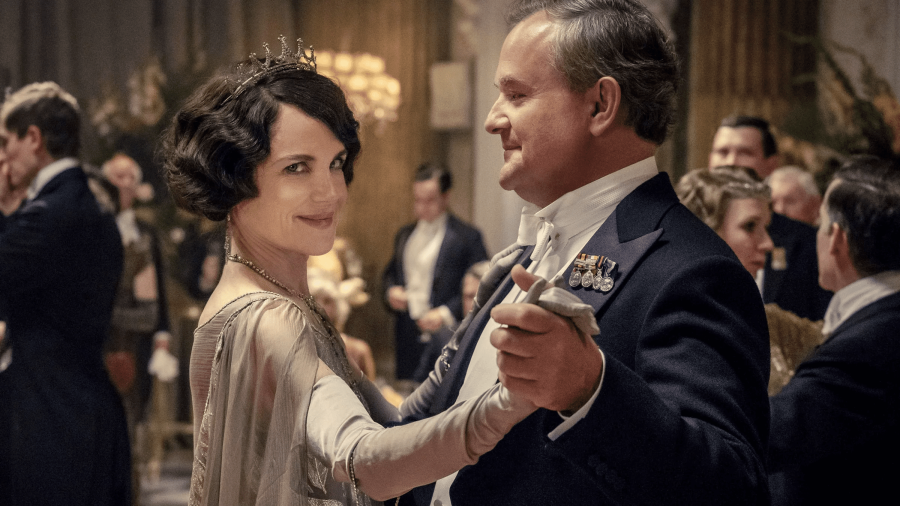






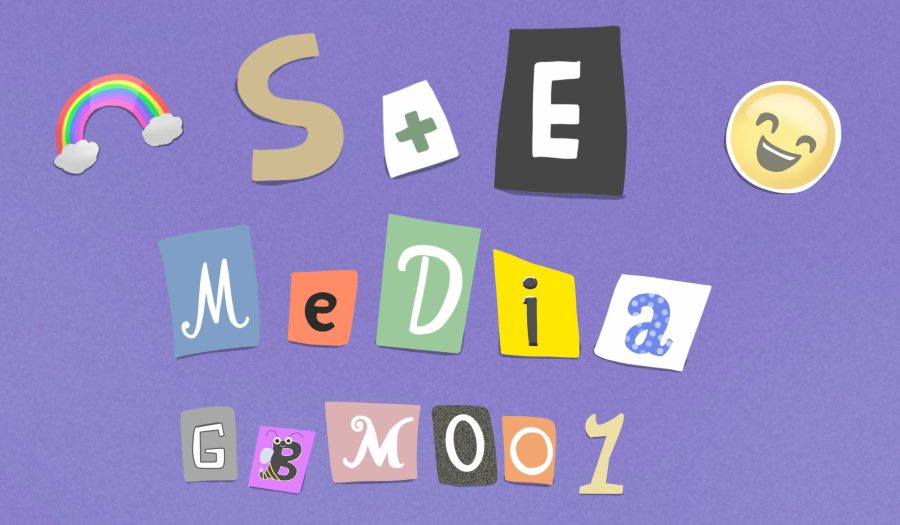
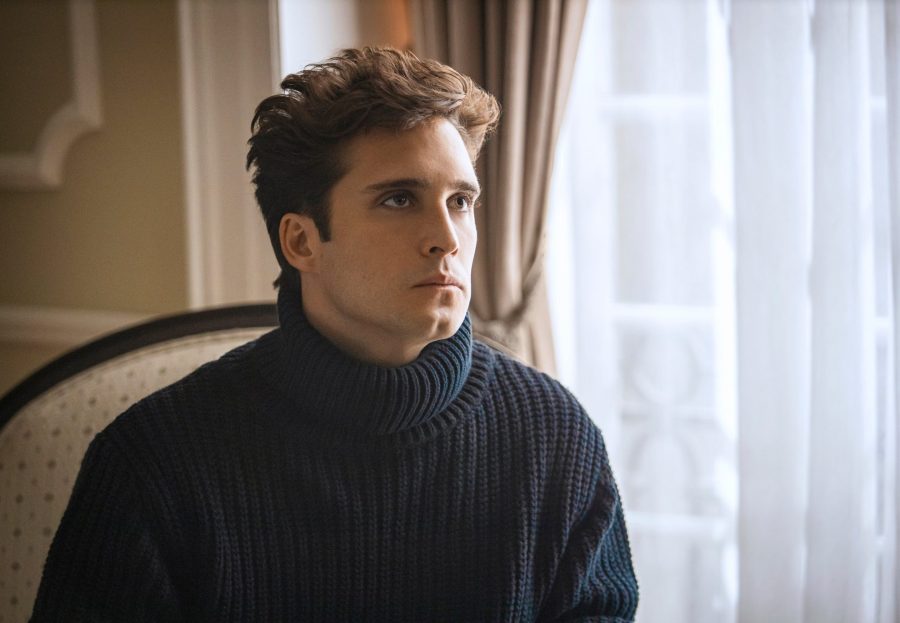
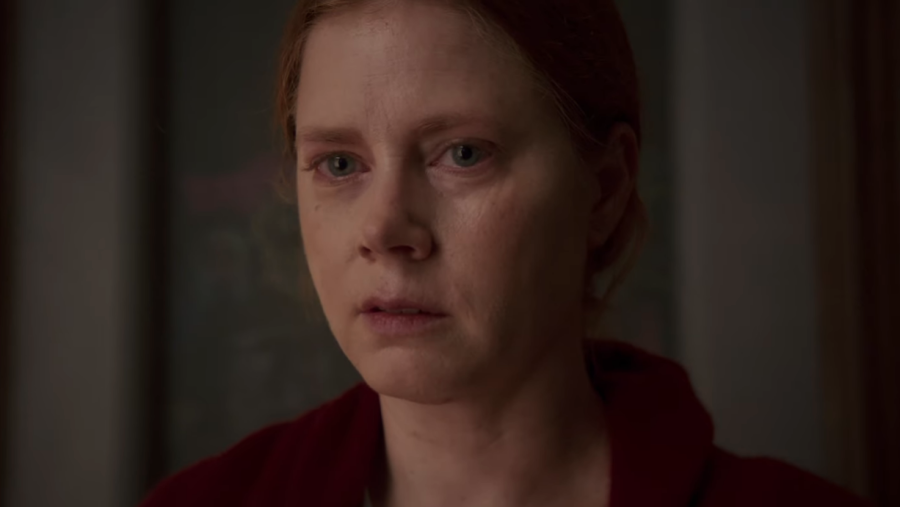
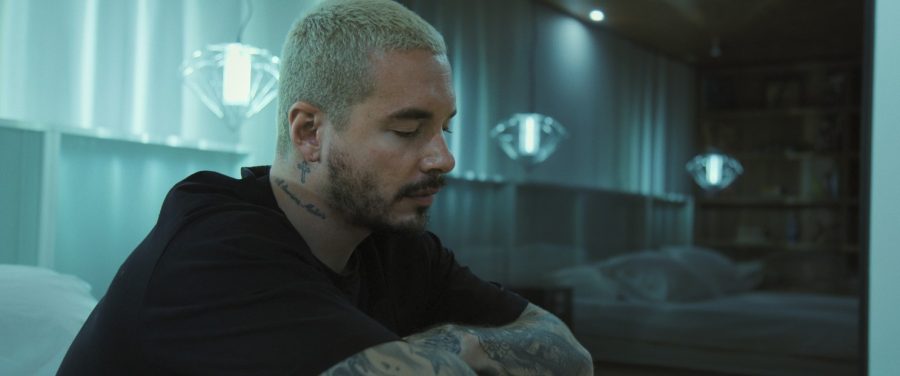
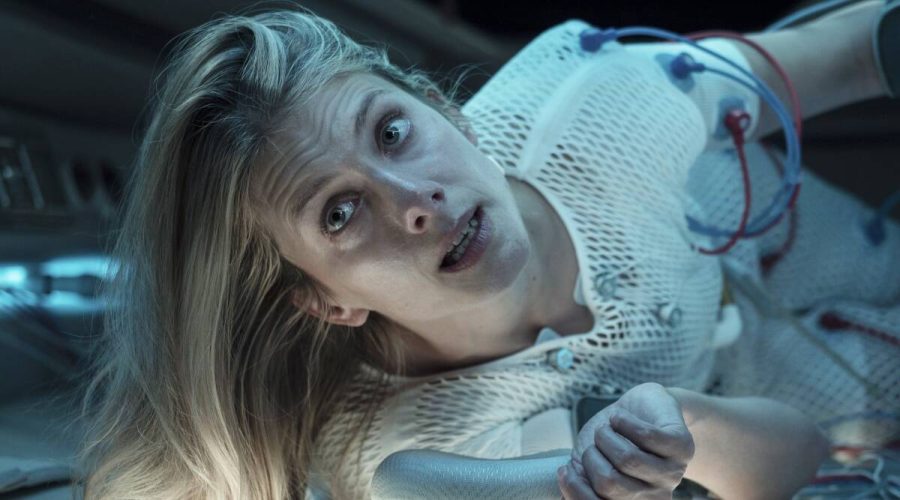
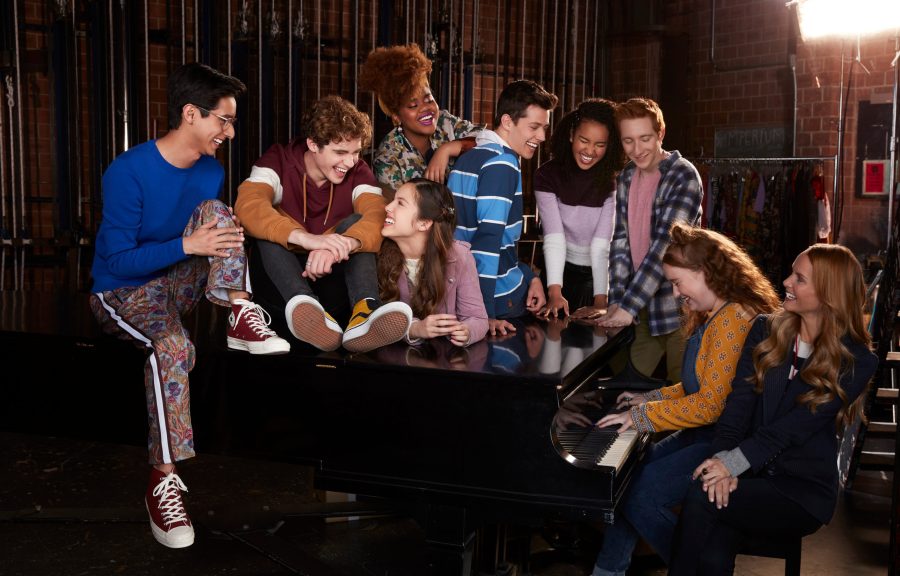
Eckie Friar • Oct 16, 2019 at 2:53 am
Well-written review of a wonderful movie. Thank you!